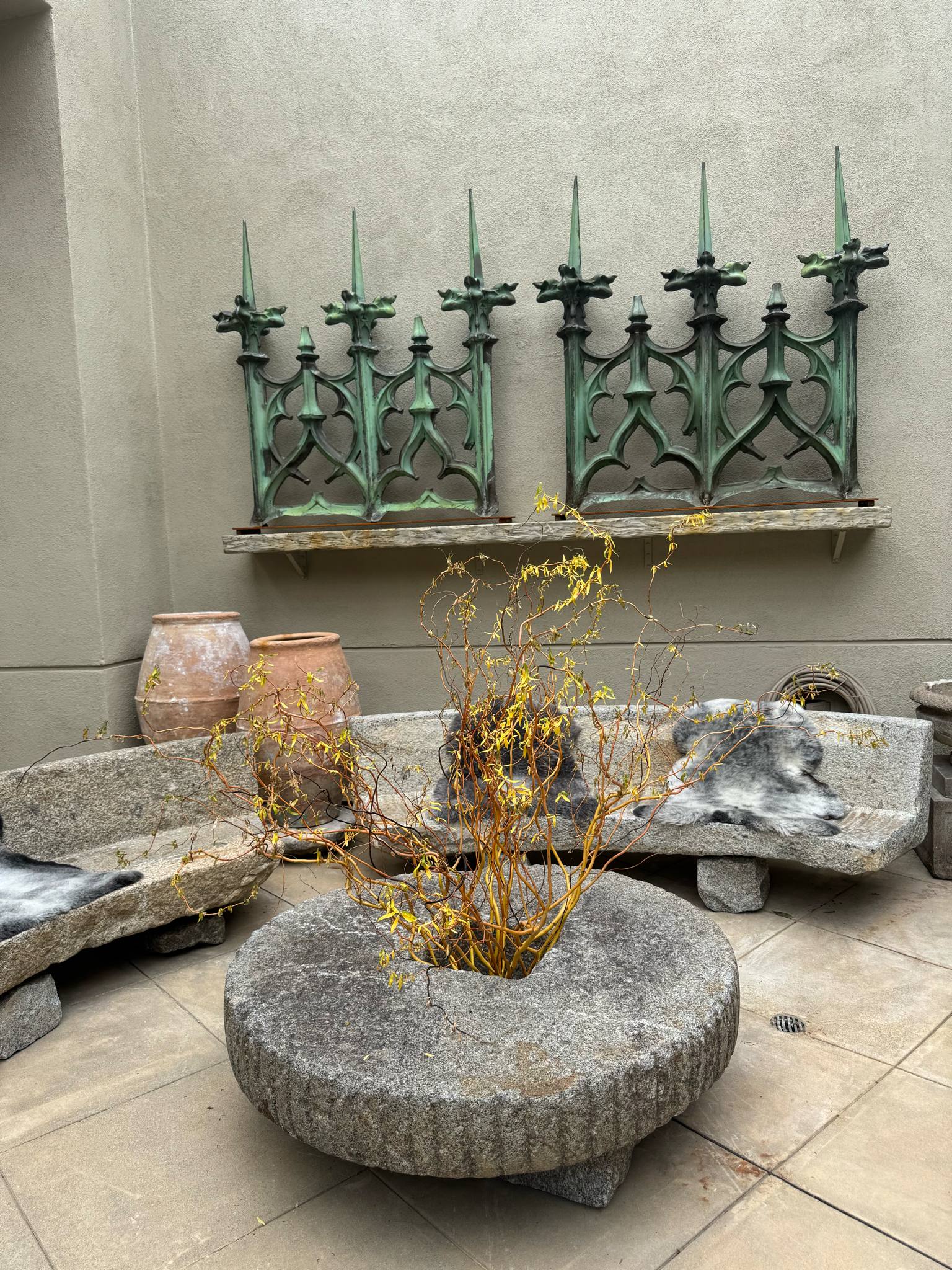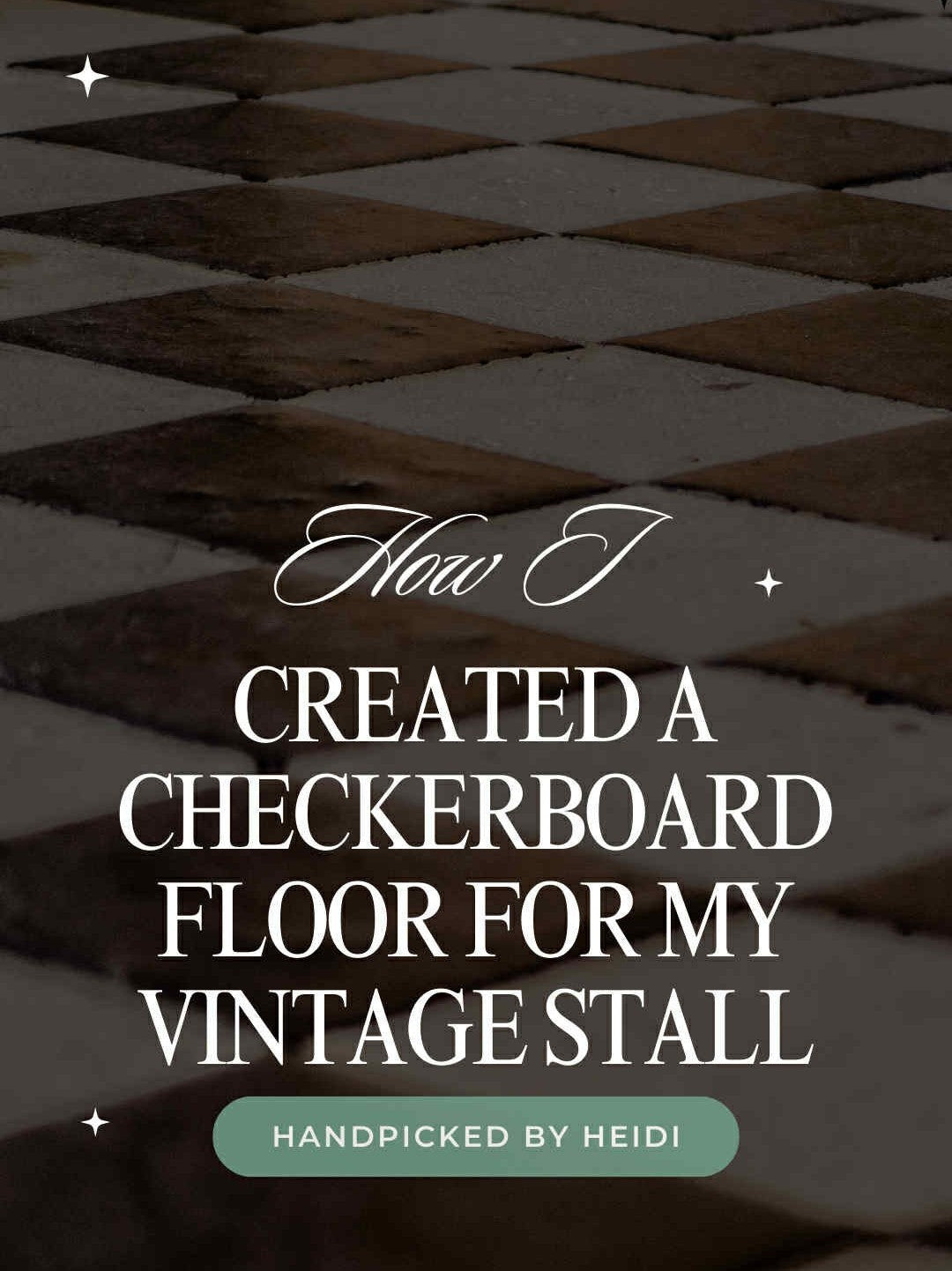
The Secret History of the Courting Mirror: Romance, Reflection & a Rare Find
I found it in a home that felt suspended in time.

One of the rare few perched along the California coast—untouched, intact, and echoing with stories. Its original mahogany stair spindles shone with history. Stained-glass windows cast kaleidoscopic shadows. Shutters creaked open to sweeping ocean views. And tucked beside an armoire, I found it. A mirror.

One side broken. The other—perfectly preserved. The glass shimmered in a way I hadn’t seen before. Slightly wavy. Clearer than expected. Almost magnified. Behind the missing panel was a small curled note, written in impossibly tiny cursive:
“Courting mirror… rare… 18th century.”

What Is a Courting Mirror?
In the 17th and 18th centuries, courtship was a public ritual. Young women weren’t permitted to be alone with potential suitors. Every exchange was chaperoned, every moment guarded.
Enter the courting mirror—a small mirror, often hand-held or wall-mounted, given as a token of affection by a suitor. These mirrors allowed a young woman to steal a glance at her admirer through her reflection. She could sit modestly, appearing to fix her hair or adjust her dress, while quietly catching his gaze in the glass.
It was a moment of connection when direct interaction was off-limits—a silent exchange, shared through light and longing.

The Romance and Symbolism Behind the Glass
Courting mirrors weren’t just decorative. They were sentimental tools. In some traditions, it was believed that if a woman looked into a courting mirror at the right moment, she might see the face of her future husband beside her own.
Many were intricately carved or gifted with hidden compartments holding love notes, locks of hair, or dried flowers—mementos of hope, devotion, and sometimes heartbreak. They served as a way to reflect not just appearance, but affection.

Why Original Mirror Glass Is So Rare
Before modern manufacturing, mirror glass was handmade. Artisans would blow cylinders of glass, slice them, flatten them, and then back them with silver leaf or mercury-tin. This technique gave the mirror its reflection—but also its imperfections: soft ripples, occasional air bubbles, and that unmistakable warm glow.
Over centuries, most antique mirrors lost their original glass to cracks, moisture, or modernization. That’s why a courting mirror with original silvered glass is incredibly rare—and deeply special.

A Reflection Unlike Any Other
When I looked into the glass of this particular mirror, I instantly felt it.
The reflection wasn’t just clear—it was strikingly clear. Almost magnified. The kind of clarity that feels like it’s holding your gaze, not just showing your face.
The glass was backed with silver leaf, a technique lost to time. That silver, now gently aged, gives the mirror a glow and depth no modern glass can replicate. It’s luminous. Romantic. Dreamlike.
It doesn’t just reflect you. It reflects time.
You have to experience it to get it. To stand before a mirror that once held the gaze of lovers centuries ago—there’s a kind of magic in that.

A Quote That Captures It All
“Lovers are mirrors to each other. Love makes you aware of your original face.”
— Rajneesh
Join The Hunt Club
If stories like this stir something in you, you’re not alone.
Join The Hunt Club to get stories like this—delivered weekly like a vintage postcard, straight to your inbox. Each Thursday, I send a new tale, a rare find, a sourcing tip, or a bit of history, wrapped in wonder.
Because some reflections aren’t just seen.
They’re felt.



Leave a comment
This site is protected by hCaptcha and the hCaptcha Privacy Policy and Terms of Service apply.